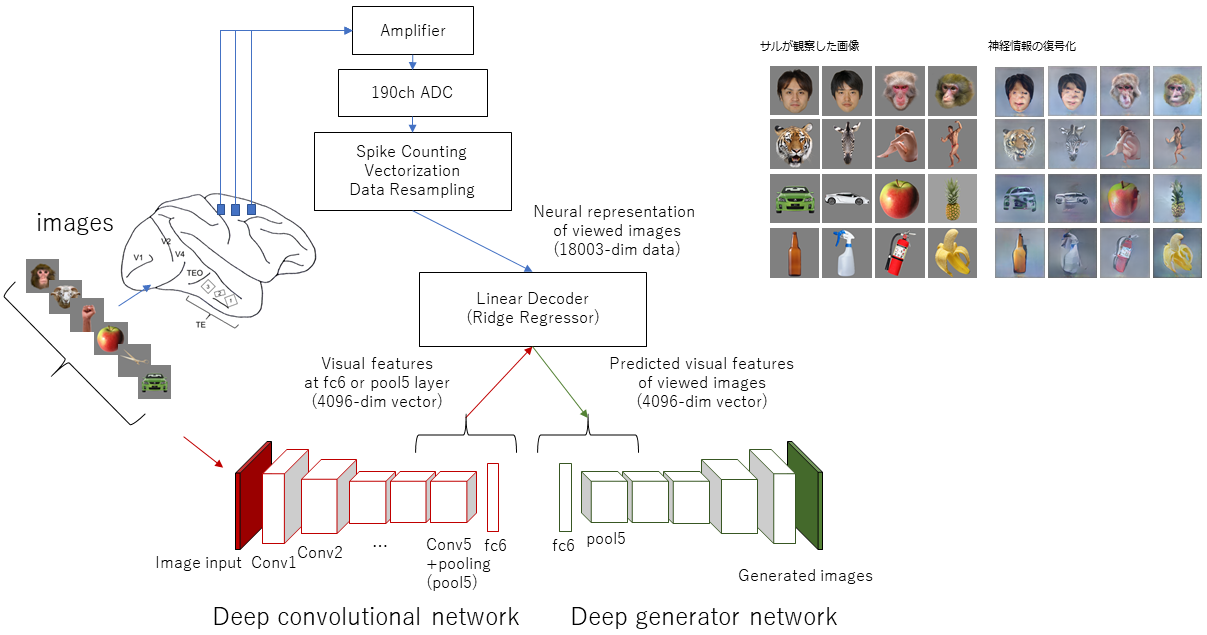Research
We are developing innovative neurorehabilitation technologies on the basis of scientific evidences mainly obtained from animal studies. Our project has three main components: study of brain reorganization that underlies functional recovery after stroke, and development of devices to monitor brain activity during rehabilitative training, and development of intervention methods to promote brain reorganization.
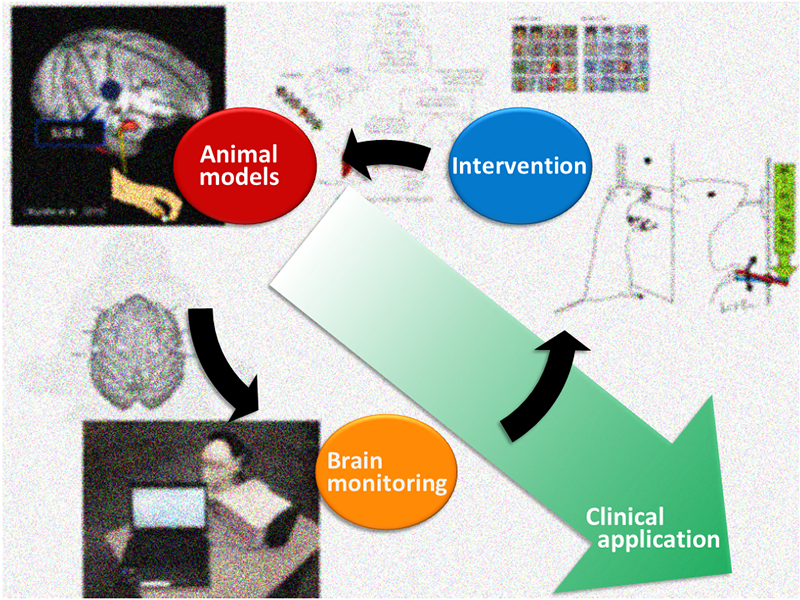
The research concept of neurorehabitilitaion research group
1.Animal experiment-based neurorehabilitation
We are investigating plastic changes in gene expression, neural circuit, and brain activity that underlies functional recovery after brain damage using animal models. Based on the scientific evidences of plasticity, we are also developing innovative neurorehabilitation technologies.
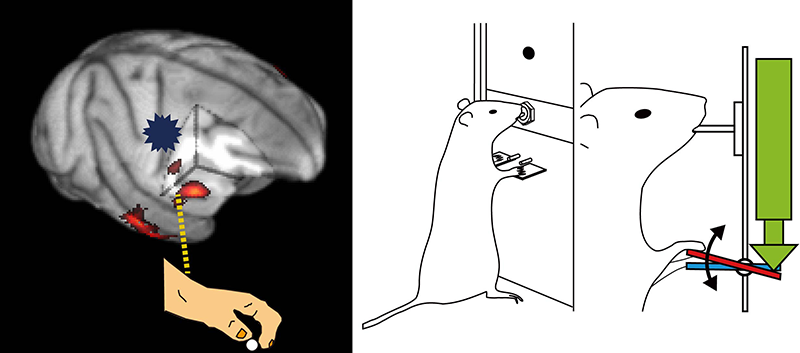
The research concept of animal experiment-based neurorehabilitation
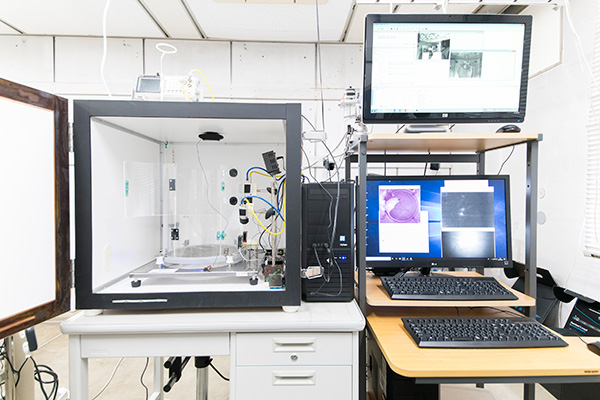
A deep brain imaging system in freely moving rat
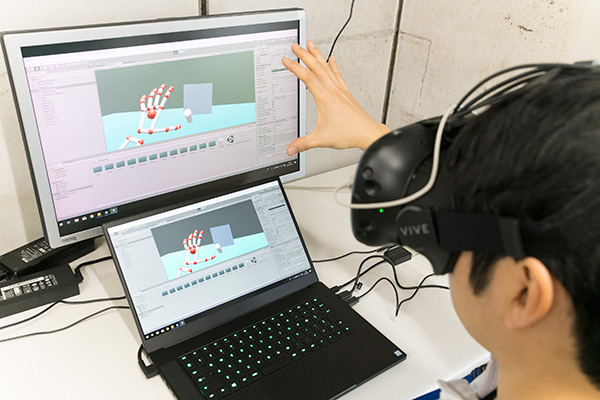
VR rehabilitation system for stroke patients
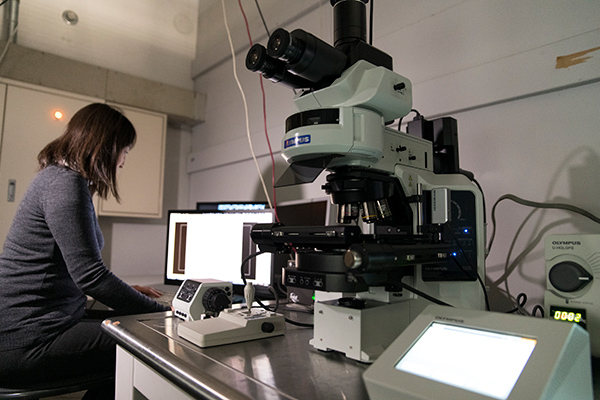
microscope system
2.Development of highly reliable functional near-infrared spectroscopy
The brain receives outside information and process/response to it in an appropriate way. For exploring where and how the function works, brain function measurement techniques, such as functional Magnetic Resonance Imaging (fMRI), functional Near-Infrared Spectroscopy (fNIRS), and Electroencephalogram (EEG), have been developed. We focus on fNIRS, and develop more reliable method to measure the brain functions.
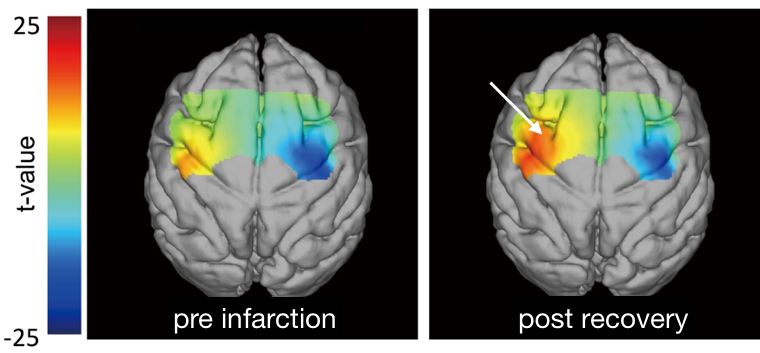
fNIRS data demonstrating brain activity change associated with motor function recovery
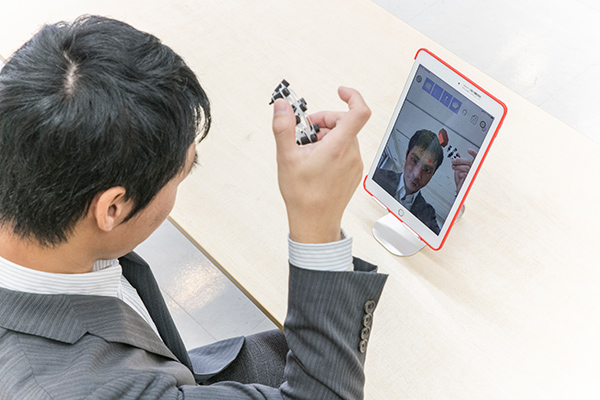
Probe positioning system based on
augmented reality (AR) technology
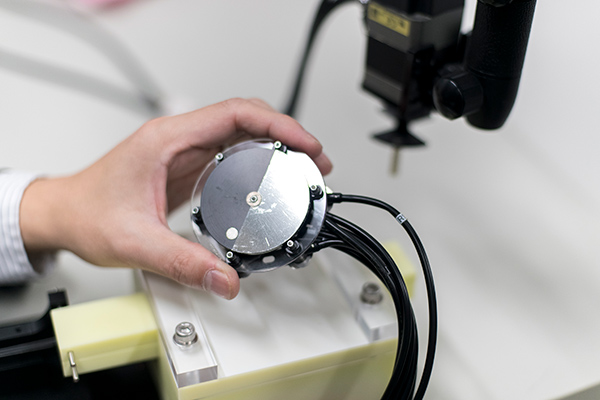
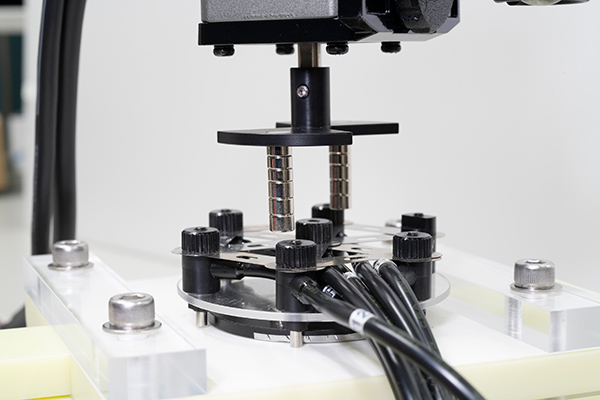
Reflectance-modulation fNIRS technique for reducing scalp hemodynamics effect
3.Artificial Intelligence and Brain Machine Interface
We aim to build artificial neural network model that duplicates visual information processing in the biological brain and apply the model to brain machine interface technology that decodes neural signals for mind reading.
The research concept of Artificial Intelligence and Brain Machine Interface
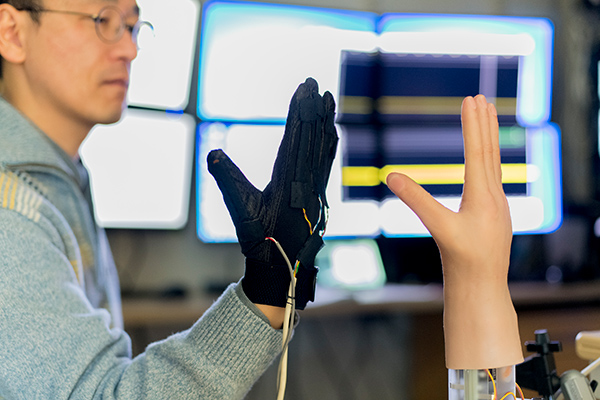
Robot hand for BMI control
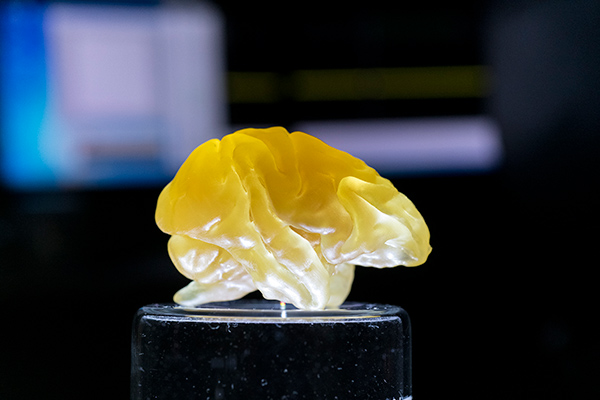
3D-printed model of brain
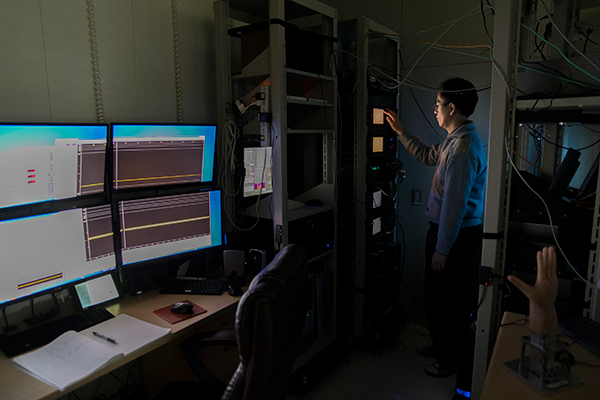
Multi-channel neural recording system


